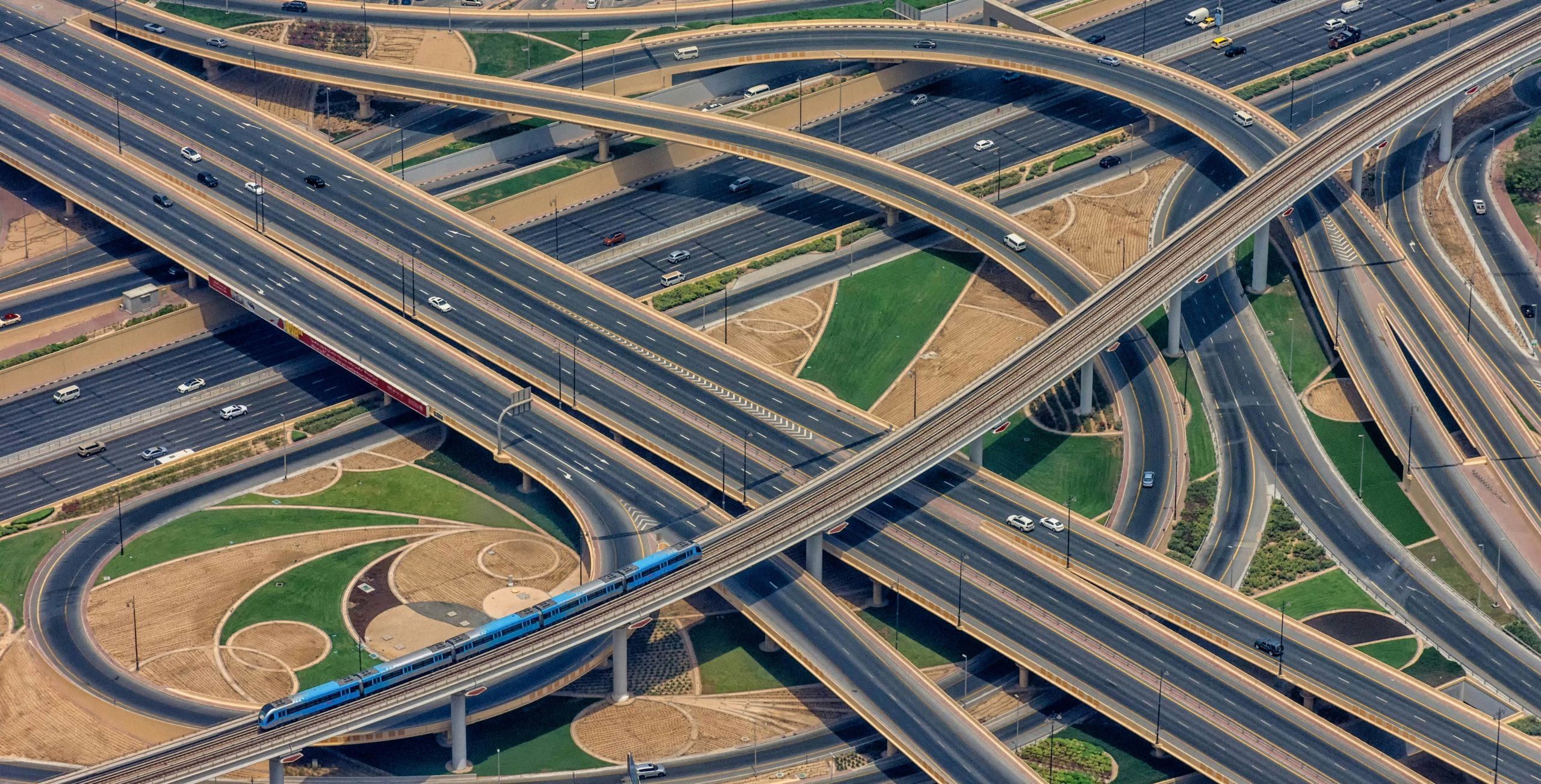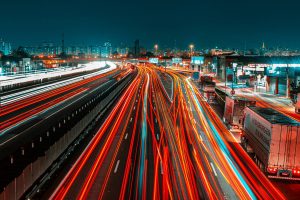How Big Data Is Improving Traffic and Routes
Have you ever been stuck in traffic, wondering if there was a better route you could have taken? Or have you ever found yourself driving through a new city, unsure of which direction to go? Thanks to big data, these scenarios are becoming less common. With the prevalence of smartphones and GPS devices, we are constantly producing massive amounts of information about road conditions and traffic patterns. And with the use of advanced analytics and algorithms, this data is being used to improve traffic flow and optimize routes. Let’s take a closer look at how big data is revolutionizing the way we navigate on the roads.
Understanding Big Data in Transportation
First, let’s define what we mean by big data. In transportation, big data refers to the large amount of information that is generated by vehicles, infrastructure, and travelers. This includes data from sources such as GPS devices, traffic cameras, and even social media. This data is then processed and analyzed to extract valuable insights that can inform decision-making and improve operations.
The use of big data in transportation is not a new concept. In fact, transportation agencies have been collecting and analyzing data for decades. However, the recent advancements in technology, particularly in the field of data analytics, have made it easier and more efficient to collect, process, and utilize this data. This has resulted in significant improvements in traffic and route optimization.
Improving Traffic Flow with Big Data
Real-Time Traffic Monitoring and Predictions
Gone are the days when we relied solely on radio traffic reports or our own observations to determine the best route to take. With the use of big data, transportation agencies are able to monitor traffic conditions in real-time and make accurate predictions about future traffic patterns. This is especially helpful in major cities where traffic congestion is a major issue.
For example, the Georgia Department of Transportation (GDOT) has implemented a real-time traffic monitoring system that uses data from GPS devices, traffic cameras, and other sources to provide up-to-date traffic information to drivers. This information is also used to predict traffic patterns and make adjustments to traffic signals to improve the flow of traffic.
Dynamic Route Suggestions
Big data is also being used to provide dynamic route suggestions based on current traffic conditions. Apps like Google Maps and Waze use real-time data to constantly update the best route for drivers to take, taking into account factors such as accidents, road closures, and traffic congestion. This not only helps drivers save time and frustration, but it also helps to distribute traffic more evenly across different routes, reducing congestion in certain areas.
Optimizing Routes for Trucks and Public Transportation
It’s not just personal vehicles that can benefit from big data. The use of big data is also helping to optimize routes for trucks and public transportation. With data on truck routes and traffic patterns, transportation companies are able to plan more efficient delivery routes and reduce the time trucks spend on the road. This not only saves time and money for the companies, but it also helps reduce carbon emissions by minimizing idle time and fuel consumption.
Big data is also being used to improve public transportation. Transit agencies are utilizing data on passenger demand, traffic conditions, and schedule performance to optimize bus and train routes. This ensures that public transportation is more reliable and efficient, resulting in increased ridership and reduced congestion on the roads.
The Future of Big Data in Transportation
As technology continues to advance, the use of big data in transportation will only continue to grow. With the rise of self-driving vehicles, big data will play an even bigger role in optimizing routes and improving traffic flow. And as more and more devices become connected, the amount of data being generated will only increase, providing even more valuable insights for transportation agencies to utilize.
While big data may seem like a daunting term, it is creating a positive impact on our daily lives, particularly when it comes to improving traffic and routes. From real-time traffic monitoring to dynamic route suggestions, big data is helping us get to our destinations faster and with less stress. And as we continue to collect and analyze more data, we can expect to see even more advancements in transportation in the years to come.










